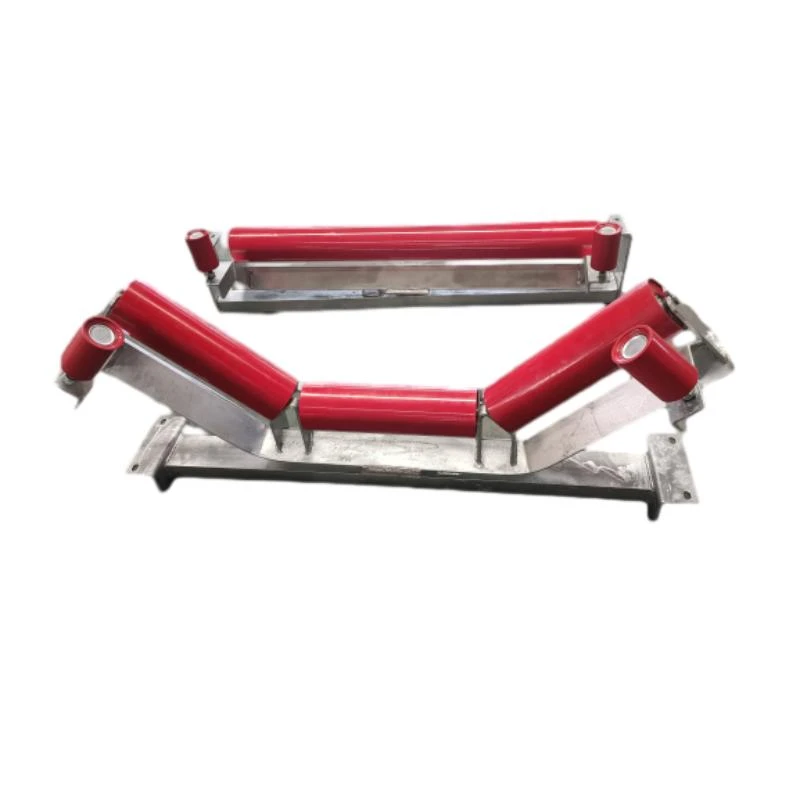 Afrikaans
Afrikaans  Albanian
Albanian  Amharic
Amharic  Arabic
Arabic  Armenian
Armenian  Azerbaijani
Azerbaijani  Basque
Basque  Belarusian
Belarusian  Bengali
Bengali  Bosnian
Bosnian  Bulgarian
Bulgarian  Catalan
Catalan  Cebuano
Cebuano  Corsican
Corsican  Croatian
Croatian  Czech
Czech  Danish
Danish  Dutch
Dutch  English
English  Esperanto
Esperanto  Estonian
Estonian  Finnish
Finnish  French
French  Frisian
Frisian  Galician
Galician  Georgian
Georgian  German
German  Greek
Greek  Gujarati
Gujarati  Haitian Creole
Haitian Creole  hausa
hausa  hawaiian
hawaiian  Hebrew
Hebrew  Hindi
Hindi  Miao
Miao  Hungarian
Hungarian  Icelandic
Icelandic  igbo
igbo  Indonesian
Indonesian  irish
irish  Italian
Italian  Japanese
Japanese  Javanese
Javanese  Kannada
Kannada  kazakh
kazakh  Khmer
Khmer  Rwandese
Rwandese  Korean
Korean  Kurdish
Kurdish  Kyrgyz
Kyrgyz  Lao
Lao  Latin
Latin  Latvian
Latvian  Lithuanian
Lithuanian  Luxembourgish
Luxembourgish  Macedonian
Macedonian  Malgashi
Malgashi  Malay
Malay  Malayalam
Malayalam  Maltese
Maltese  Maori
Maori  Marathi
Marathi  Mongolian
Mongolian  Myanmar
Myanmar  Nepali
Nepali  Norwegian
Norwegian  Norwegian
Norwegian  Occitan
Occitan  Pashto
Pashto  Persian
Persian  Polish
Polish  Portuguese
Portuguese  Punjabi
Punjabi  Romanian
Romanian  Russian
Russian  Samoan
Samoan  Scottish Gaelic
Scottish Gaelic  Serbian
Serbian  Sesotho
Sesotho  Shona
Shona  Sindhi
Sindhi  Sinhala
Sinhala  Slovak
Slovak  Slovenian
Slovenian  Somali
Somali  Spanish
Spanish  Sundanese
Sundanese  Swahili
Swahili  Swedish
Swedish  Tagalog
Tagalog  Tajik
Tajik  Tamil
Tamil  Tatar
Tatar  Telugu
Telugu  Thai
Thai  Turkish
Turkish  Turkmen
Turkmen  Ukrainian
Ukrainian  Urdu
Urdu  Uighur
Uighur  Uzbek
Uzbek  Vietnamese
Vietnamese  Welsh
Welsh  Bantu
Bantu  Yiddish
Yiddish  Yoruba
Yoruba  Zulu
Zulu Drum Pulley Designs for Efficient Conveyor Belt Systems and Operations
Drum Pulley for Conveyor Belt An Essential Component in Material Handling
In the realm of material handling, conveyor belts play a pivotal role in the efficient movement of goods across various industries, including mining, manufacturing, and logistics. One of the critical components that ensure the smooth operation of these conveyor systems is the drum pulley. Understanding the function and design of drum pulleys can significantly enhance the performance and longevity of conveyor belts.
What is a Drum Pulley?
A drum pulley, often referred to as a conveyor pulley, is a cylindrical device attached to the conveyor belt system. It serves two primary purposes to facilitate the movement of the belt and to act as a tensioning device that keeps the belt taut. Drum pulleys come in various sizes and designs, depending on the specific application and industry requirements.
Types of Drum Pulleys
Drum pulleys can be categorized into several types based on their design and function
1. Drive Pulleys These are connected to a motor that drives the conveyor belt. They provide the necessary power to move the belt and are typically found at the head section of a conveyor system.
2. Tail Pulleys Located at the opposite end of the conveyor, tail pulleys support the belt's return path. While they do not play a role in transmitting power, they ensure proper alignment and tension of the belt.
3. Diverter Pulleys Used to redirect the conveyor belt's path, diverter pulleys facilitate smooth transitions and efficient sorting of materials.
4. Snub Pulleys These pulleys are installed to increase the friction between the belt and the drive pulley, enhancing the belt's grip and improving the overall efficiency of the system.
Importance of Drum Pulleys
Drum pulleys are crucial for several reasons
drum pulley for conveyor belt

- Efficiency By providing a reliable means for driving the conveyor belt, drum pulleys enhance the overall efficiency of material transport. A well-designed pulley ensures smooth operations, reducing the risk of jams and ensuring continuous material flow.
- Durability High-quality drum pulleys are designed to withstand heavy loads, extreme conditions, and significant wear and tear. This durability contributes to lower maintenance costs and increased uptime for the conveyor system.
- Tension Management Proper tensioning is vital for the effective operation of conveyor belts. Drum pulleys play a significant role in maintaining optimal tension, thus preventing belt slippage and premature wear.
Selection Considerations
When selecting drum pulleys for a conveyor system, several factors must be considered
- Load Capacity The pulley must be capable of handling the maximum load the conveyor will carry.
- Material Pulleys are commonly made from steel, and their construction can vary to suit different environmental conditions (e.g., corrosion resistance for wet environments).
- Size and Configuration The diameter and width of the pulley should be compatible with both the conveyor belt and the specific application to ensure efficiency.
- End Use Depending on the industry and the nature of materials being transported, the design of the drum pulley may differ. For example, a mining operation may require robust, heavy-duty pulleys, whereas a food processing facility might need FDA-approved materials.
Conclusion
The drum pulley is an integral component of conveyor belt systems, significantly impacting their functionality, efficiency, and reliability. By understanding the various types, importance, and considerations in selecting drum pulleys, industries can optimize their material handling processes, leading to increased productivity and reduced operational costs. Investing in high-quality drum pulleys is not just a choice; it is a necessity for businesses aiming to excel in an increasingly competitive marketplace.
-
Revolutionizing Conveyor Reliability with Advanced Rubber Lagging PulleysNewsJul.22,2025
-
Powering Precision and Durability with Expert Manufacturers of Conveyor ComponentsNewsJul.22,2025
-
Optimizing Conveyor Systems with Advanced Conveyor AccessoriesNewsJul.22,2025
-
Maximize Conveyor Efficiency with Quality Conveyor Idler PulleysNewsJul.22,2025
-
Future-Proof Your Conveyor System with High-Performance Polyurethane RollerNewsJul.22,2025
-
Driving Efficiency Forward with Quality Idlers and RollersNewsJul.22,2025





























